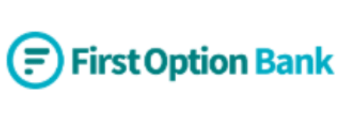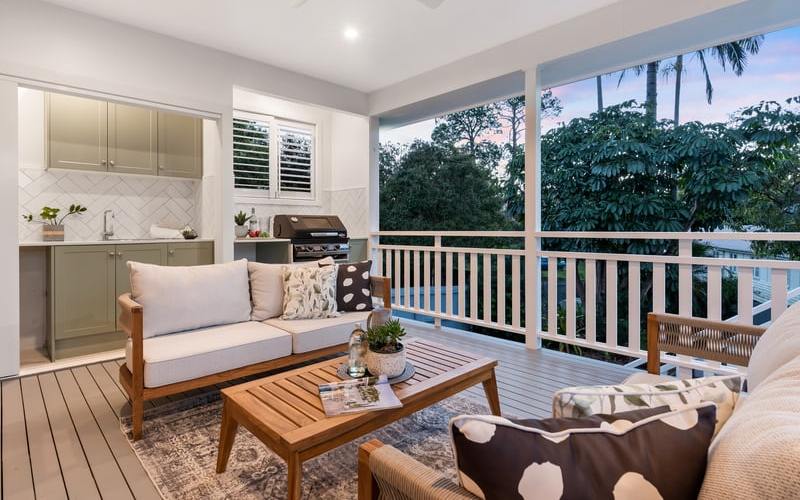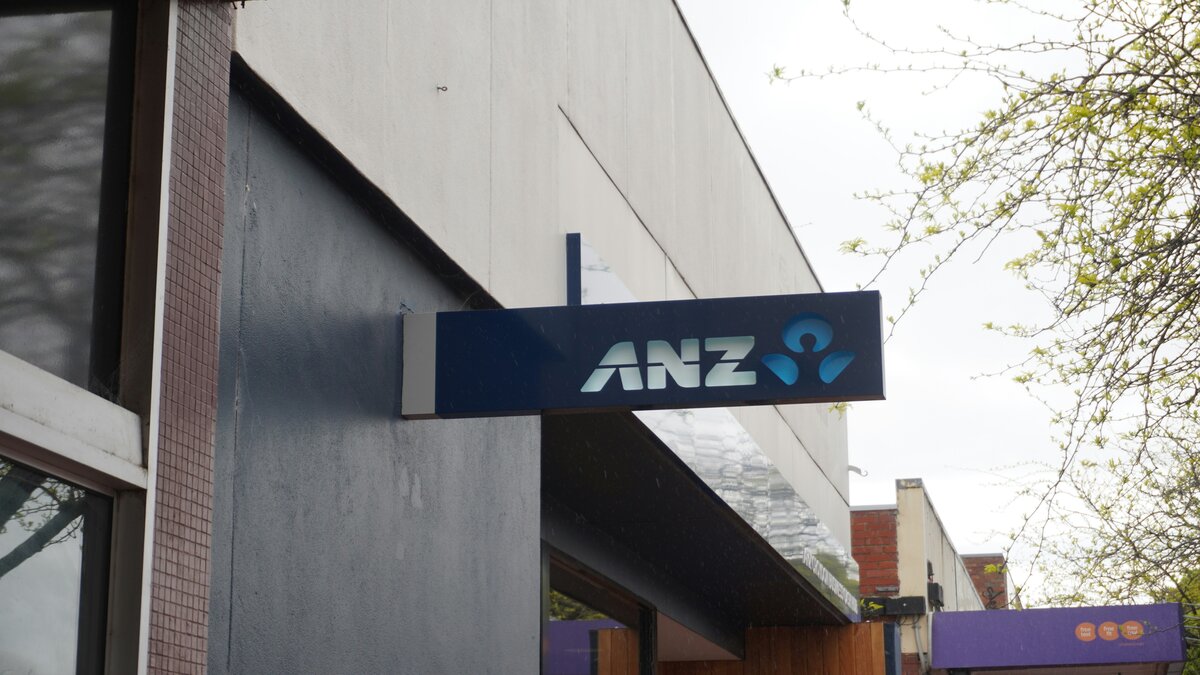COMMENT
Following the Reserve Bank's (RBA) historic cash rate cut to 0.10%, the big four banks acted relatively swiftly and hyped up their changes.
CommBank, NAB, and Westpac introduced their first sub-2% home loans, but only for new customers willing to fix for four years.
The three amigos' only other cuts were also to fixed loans for new customers, with no variable cuts - which the majority of Australians are using - on the cards.
ANZ also cut fixed loans but failed to break the sub-2% barrier, and among all the big four, existing customers got squat.
This is at odds with previous cash rate changes, which saw a flurry of cuts for existing customers on variable rates.
Buying a home or looking to refinance? The table below features home loans with some of the lowest variable interest rates on the market for owner occupiers.
| Lender | Home Loan | Interest Rate | Comparison Rate* | Monthly Repayment | Repayment type | Rate Type | Offset | Redraw | Ongoing Fees | Upfront Fees | Max LVR | Lump Sum Repayment | Extra Repayments | Split Loan Option | Tags | Features | Link | Compare | Promoted Product | Disclosure |
|---|---|---|---|---|---|---|---|---|---|---|---|---|---|---|---|---|---|---|---|---|
5.54% p.a. | 5.58% p.a. | $2,852 | Principal & Interest | Variable | $0 | $530 | 90% |
| Promoted | Disclosure | ||||||||||
5.49% p.a. | 5.40% p.a. | $2,836 | Principal & Interest | Variable | $0 | $0 | 80% |
| Promoted | Disclosure | ||||||||||
5.64% p.a. | 5.89% p.a. | $2,883 | Principal & Interest | Variable | $250 | $250 | 60% |
| Promoted | Disclosure | ||||||||||
5.64% p.a. | 5.89% p.a. | $2,883 | Principal & Interest | Variable | $248 | $350 | 60% |
| Disclosure |
While fixed loans provide certainty of repayments for customers, RBA Governor Dr Philip Lowe also said he does not expect the cash rate to rise for "some years", or three years as commonly predicted.
A fixed loan is essentially a bet between borrower and lender - if the Reserve Bank cuts further, the borrower likely loses.
There are also potentially significant break fees if a borrower exits a fixed loan early.
CommBank, NAB and Westpac (and Westpac's sub-brands) all primarily made cuts to packaged loans, which package credit cards and other products for additional fees - hence the higher comparison rates with such loans.
Both Dr Lowe and Treasurer Josh Frydenberg placed more of the onus on borrowers to get a better deal.
"The best outcome would be for standard variable rates to be lowered but if that doesn't occur I'm confident there will be pass-through occurring through people renegotiating and switching ... I encourage everybody to go to their bank and ask for a better deal," Dr Lowe said.
"If they don't give it to you, switch to a bank that will."
Mortgage Choice also advocated for this method.
"If you’re on a variable interest rate, check to see what rate you’re paying and ask your mortgage broker or lender if they can get you a better deal," Mortgage Choice CEO Susan Mitchell said.
Where are the good eggs?
Of course, it's not just the big four that have laid an egg - they were in fact among the first movers, and the majority of institutions are yet to cut anything.
One of the latest cutters, Suncorp (as of 5 November), introduced a sub-2% home loan rate, albeit only for customers willing to fix for two years.
Reduce Home Loans has also only cut so far for new customers, so too have Homestar Finance and Freedom Lend.
Lenders have also been more choosy in when they cut rates, with quite a few not passing on March's emergency rate cut in full.
Only a few institutions have explicitly reduced their rates for existing variable customers - Athena and ME Bank to name a couple - let alone passed on the full rate cut.
ME Bank CEO Adam Crane said passing on the rate cut in full could leave borrowers hundreds of dollars a year better off.
"In contrast to most banks, ME is passing the full RBA cut to our existing customers," he told Savings.com.au.
“If your bank’s not passing it on, you might consider switching.”
Borrowers are increasingly refinancing, with the latest lending indicators data showing it's up 15% in the September quarter - this includes internal refinancing.
Savings in turmoil
Despite not passing on cuts to existing, variable customers, the big four have also been busy cutting savings account and term deposit rates, even before the RBA's decision - a practice one colleague described as "death by a thousand cuts".
Recent full-year results from NAB also indicate nearly half of its deposits attract close to 0% interest per year.
Many of the best savings account rates achievable with the big four are under 1.00% p.a, and given inflation often exceeds this, you are effectively losing money in real terms stashing your money this way.
Couple this with poor wage growth, and many punters are treading water.
It's admirable that Westpac has maintained its 3.00% p.a. savings account interest rate for under-30s, albeit with repeated cuts to the base rate, meaning if you forget to meet the criteria of a month you don't get the bonus.
National Seniors Australia chief advocate Ian Henschke told Savings.com.au lower interest rates force retirees and pensioners to look for riskier investment options, such as the sharemarket.
Even so, Mr Henschke said older people generally look for 'safe' shares such as big banks for the historically high dividends, which have been reduced or cut entirely in the wake of the pandemic.
Need somewhere to store cash and earn interest? The table below features introductory and ongoing savings accounts with some of the highest interest rates on the market.
| Bank | Savings Account | Base Interest Rate | Max Interest Rate | Total Interest Earned | Introductory Term | Minimum Amount | Maximum Amount | Linked Account Required | Minimum Monthly Deposit | Minimum Opening Deposit | Account Keeping Fee | ATM Access | Joint Application | Tags | Features | Link | Compare | Promoted Product | Disclosure |
|---|---|---|---|---|---|---|---|---|---|---|---|---|---|---|---|---|---|---|---|
3.70% p.a. | 5.15% p.a. Intro rate for 4 months then 3.70% p.a. | $844 | 4 months | $0 | $249,999 | $0 | $1 | $0 |
| Promoted | Disclosure | ||||||||
4.50% p.a. | 4.85% p.a. Intro rate for 4 months then 4.50% p.a. | $933 | 4 months | $0 | $99,999,999 | $0 | $0 | $0 |
| Promoted | Disclosure | ||||||||
4.20% p.a. | 4.95% p.a. Intro rate for 4 months then 4.20% p.a. | $899 | 4 months | $250,000 | $99,999,999 | $0 | $0 | – |
| Disclosure | |||||||||
3.05% p.a. | 4.85% p.a. Intro rate for 4 months then 3.05% p.a. | $736 | 4 months | $0 | $99,999,999 | $0 | $0 | – |
| ||||||||||
0.00% p.a. Bonus rate of 4.85% Rate varies on savings amount. | 4.85% p.a. | $992 | – | $0 | $99,999 | $0 | $0 | $0 |
| Promoted | Disclosure |
The catnip of the Term Funding Facility
The RBA's Term Funding Facility provides upwards of $200 billion in funding to banks, now at the record-low rate of 0.10%, repaid in fixed-terms over three years.
Big four banks quite predictably have access to the lion's share of the TFF:
- As of August, CBA had access to $31.4 billion;
- Westpac had access to $17.9 billion to use by 30 September, according to an investors' report from earlier in the year;
- ANZ's half-year results indicate it had access to $12 billion;
- While NAB's more up-to-date data indicates it has access to $26 billion, up from the initial $14 billion allocated.
The near-free money from Australia's central bank means the financial system is flush with liquidity, and banks have collectively withdrawn $52 billion from the TFF thus far.
This has led some non-bank lenders to cry foul about the relatively paltry $15 billion they are getting from the Government's 'Australian Office of Financial Management' (AOFM).
There, the AOFM invests in mortgage bonds and other debt instruments, rather than provide funding like the RBA's TFF does.
However, the AOFM has only really invested in slices of bonds, $100 million or so at a time, and to say thanks for investing, non-bank lenders generally pay around 100-200bps in interest.
This means that non-banks are paying 10 to 20-times the amount of interest as big banks are to get 'low cost' money.
The banks waiting to receive their milk from the RBA. Source: GIPHY.
So, the banks are essentially getting very low-cost money, passing on rate cuts to only a few types of customers, all the while slashing savings rates down to zero.
As we always advocate at Savings.com.au, it's worth shopping around and comparing the most competitive home loans and savings account rates from a variety of banks and institutions.
The opinions expressed in this article do not necessarily reflect those of the Savings.com.au team or the wider group.

Ready, Set, Buy!
Learn everything you need to know about buying property – from choosing the right property and home loan, to the purchasing process, tips to save money and more!
With bonus Q&A sheet and Crossword!








.jpg)

 Harry O'Sullivan
Harry O'Sullivan

 Denise Raward
Denise Raward
 Harrison Astbury
Harrison Astbury


